In the March Harper’s Bazaar, there was a spread by Chinese artist Liu Bolin. Bolin usually paints himself to blend into backgrounds, making a “powerful commentary on the individual and society,” as the Harper’s blurb says.
However, for the Harper’s spread, Liu painted, not himself, but other people. Specifically, he painted designers standing against their clothes and fabrics.
In this context, the vanishing figures become less about the way individuals are overwhelmed by society, and more about the fashion industries obsession with visibility and identity. Fashion is a world in which you look obsessively, fetishistically, at (generally coded) straight female models, and in which you don’t look — as obsessively? as fetishistically? at (not all, but disproportionately gay and male) designers.
The guy painted above, for example, is Alber Elbaz. Bolin shows him fading into his own dresses, while mannequin’s cavort visibly around him. The Women here are seen, but what’s seen isn’t really them — or maybe it’s truer to say that all they are is what is seen; they’re defined by surface. Elbaz, on the other hand, is no surface; his truth is the dresses, but you can’t see him there. Fashion, then, is a collaboration between those defined by appearance and those whose appearance is erased. Bolin’s pictures make that tension and its frisson more clear — the way in which fashion is both hiding in plain sight and appearing though unseen. The designers insist that they enjoy being behind the scenes (“All I try to do is be invisible,” says Elbaz), but they clearly are having fun, too, taking center stage in their own work for once. The point, perhaps, isn’t so much to hide or to be seen as it is to have some control over the look that defines you — as desired, as other, as absent. Or as Elbez says, “I think it’s a choice: to make clothes to make women visible or to be a star and to always be visible. I always preferred to be on the other side of the street and disappear.”
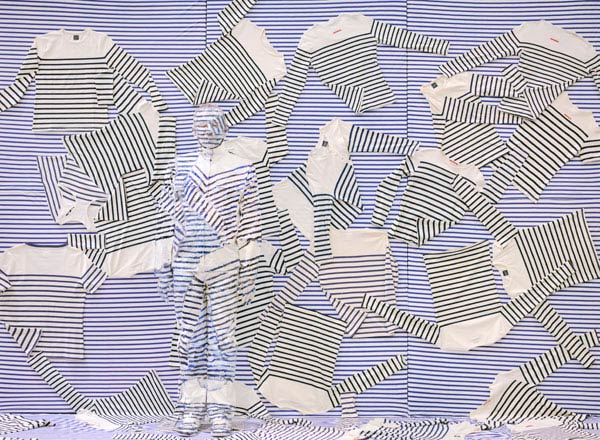
Jean Paul Gaultier by Liu Bolin
Looking at this series made me think again about Ken Parille’s recent piece over at tcj.com. Ken argues that the fully-costumed male body in comic books is a sign of repressed same-sex desire. Or as Ken says:
One explanation for the male cover-up—as for all cover-ups—is that there’s something to hide. Just as the mandatory Burka expresses fears about female bodies and male desire, the superhero costume reflects similar sexual anxieties. We often think of the mainstream superhero comic as a “power fantasy” without acknowledging its sexual dimension: it’s an erotic power fantasy. Perhaps some readers would be willing to admit that heroic tales are fantasies: “I would like to have the super power a superman has.” They might be less inclined to admit that these stories are heterosexual male domination fantasies: “I would like to have the power to control hot females” (yet to admit this would be to acknowledge that these comics’ chivalric code is a sham). Most readers would find it far too scary to recognize that these comics may be homoerotic fantasies: “Watching male bodies in close contact in the male-centric DCMV turns me on.” The hidden body is an unconscious emblem of forbidden same-sex desire.
I don’t have any doubt that idealized, fetishized male superhero bodies are objects of same-sex male desire. But…is it really the case that the more covered male body is less open to same-sex desire? Surely the full-body latex look is itself thoroughly fetishized? Would the Liefield drawing before really be any more sexualized if it had a boob window?
I wonder if the full-body coverage for (most) superheroes, then, might have less to do with disavowing a homosocial investment which couldn’t really be much more obvious anyway, and more to do with seeing and being seen.
Or, to put it another way, the issue is not that men are resisting desiring men, but rather that the kind of men that men imagine themselves desiring in comics are men who are covered. Why, after all, do supeheroes wear costumes in the first place? They wear them, as Elbaz says, to be invisible — or to be someone else. Bruce Wayne doesn’t want to be Bruce Wayne, the wounded child. He wants to be someone bigger, more powerful, more mysterious — a sexy-cool daddy behind what Ken aptly calls the “bat-burka.”
It’s interesting in this context to note that the few male superheroes that do show a lot of skin tend not to really be wearing costumes. Prince Namor, for example, isn’t really a supehero; he’s not dressed up to fight crime and/or hide from his childhood trauma. Similarly, the hypersexualized, phallicly-named Hulk comes busting out of his clothes whether he will or no. These characters are not deploying the power and mastery of clothes; they are not diegetically wearing a hood to control how they look. The characters were never playing with seeing and being seen to begin with; therefore, they might as well let it all hang out (for the delight, presumably, of readers of all genders.)
Fashion and costumes isn’t just about who is sexy and who is not; it’s about who is seen and how and in what way. Superhero men are sexualized — but unlike superhero women, they are sexualized in ways which figures them as covered lookers rather than as exposed lookees. I don’t think that’s because comic-book readers are afraid to own their sexual fantasies; rather, I think it’s a sign of what their sexual fantasies are and how they work. Visibility and invisibility are not just symptoms of desire; they are aspects of desire itself.

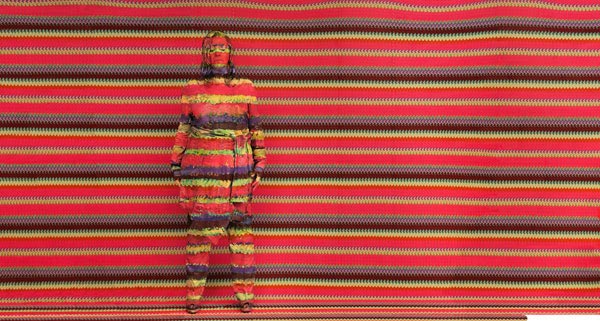
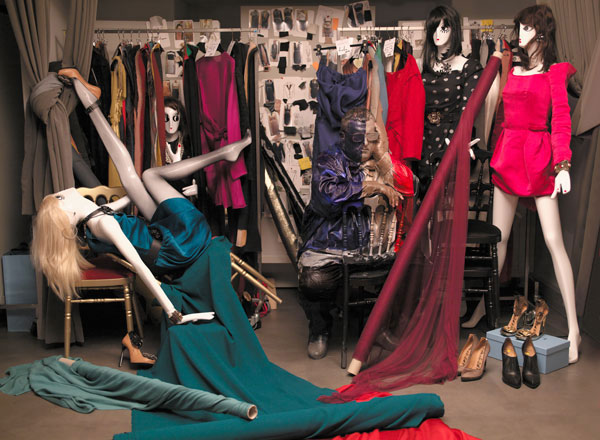
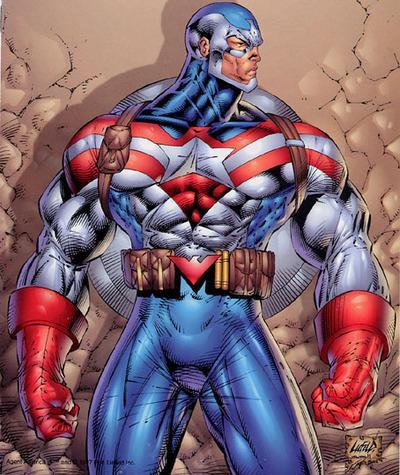
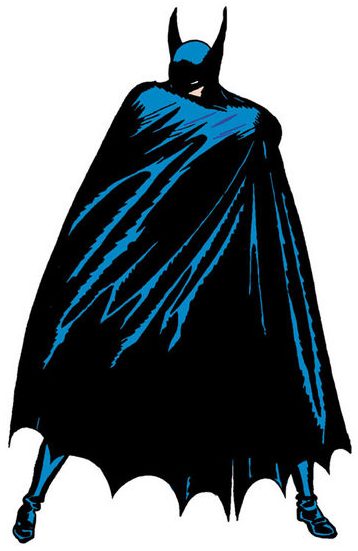
I endorse the idea that you can’t detach desire from perception. The way we seek contrasts in the visual realm and harmonies in the sonic realm underscore the way language owns us before we imagine possessing it.
I’ve always thought that the superhero costumes were a way for guys to look at other guys in their underpants and get away with it. Sort of like using the Victoria’s Secret catalog as stroke material. Lycra’s legal (they’re not naked, so it’s totally not porn!) but it does show everything. Whether the guys are using the star-spangled underpants clad supes as self-inserts dominating all the big-boobed ladies or whether they’re enjoying all that nearly-naked mano e mano wrestling…probably depends. But I’ve always figured there was plenty of m/m content underlying it all, even if highly sublimated or blended with more m/f.
I think Victoria’s Secret is a good comparison…espcially since that catalogue is mostly aimed at women, right? There’s definitely aspects of heterosexual identity which have to do with same sex desire. It’s more the case for women (fashion magazines, etc.) but it happens for men as well…and superhero comics are definitely one way that works.
I think VS is mostly aimed at women, yeah. I know there’s a small percentage of guys who shop there for wives/gfs/etc, but it’s much more of a female client base.
Speaking of models, you know about Andrej Pejic, right?
Nope! My fashion knowledge is very limited….
Andrej Pejic walked the runway for both men’s and women’s clothing for Jean Paul Gauthier. He models as both a man and a woman.